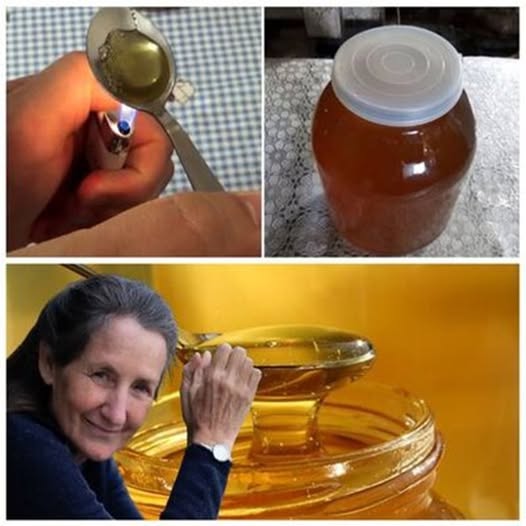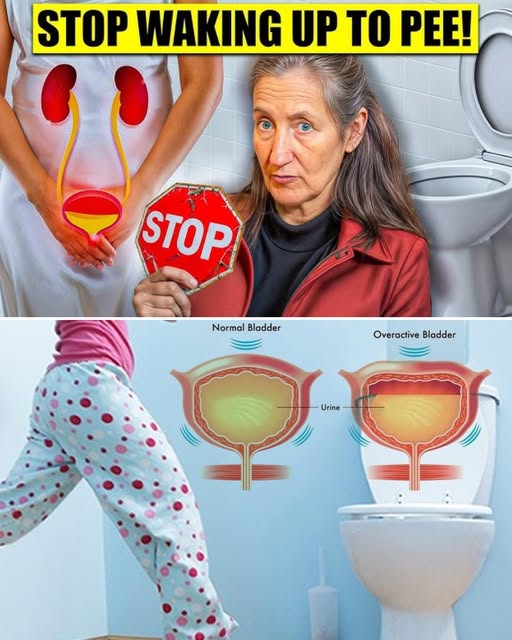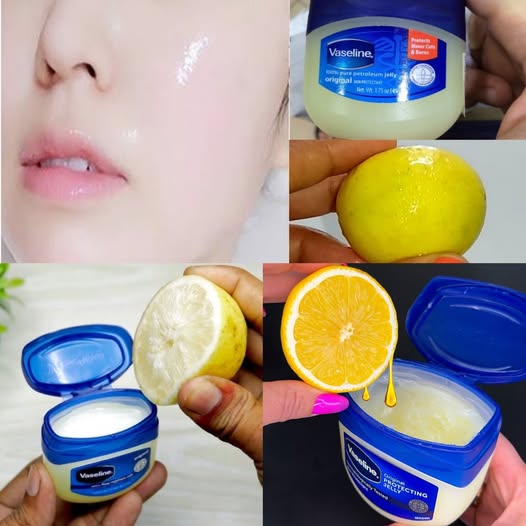Introduction

Honey has always been revered as “liquid gold” — a timeless natural sweetener cherished for its taste, medicinal benefits, and cultural significance. But in today’s marketplace, it can be surprisingly hard to tell real honey from fake honey. Adulterated honey floods supermarket shelves, leaving even savvy shoppers wondering: How can you tell the difference without expensive tests or lab equipment?
The good news? You don’t need to be a professional beekeeper or food scientist. There’s one simple, powerful trick that can instantly reveal whether your honey is real or fake — and you can do it right at home with zero special tools.
This guide will reveal that easy trick in detail, answer all your burning questions about real vs. fake honey, share why this matters to your health and wallet, and give you practical, proven strategies to avoid counterfeit honey forever. Let’s dive in.
Why Does It Matter if Honey is Fake?
Before we get to the trick, let’s clarify why this topic is so urgent:
- Health Risks: Fake honey often contains corn syrup, rice syrup, or even harmful chemicals. You’re consuming sugar, not the antioxidants and nutrients of real honey.
- Economic Fraud: You pay premium prices for real honey, but get cheap syrup blends instead. A 2020 global study found that over 46% of sampled honey was adulterated.
- Impact on Beekeepers: Fake honey destroys the livelihoods of honest, local producers who can’t compete with artificially cheap prices.
When you know how to spot fake honey, you vote with your wallet for quality, health, and sustainability.
The Single, Easy Trick to Test Your Honey
Let’s get to the star of this article:
✅ The Water Dissolution Test
How to do it:
1️⃣ Take a clear glass of room-temperature water.
2️⃣ Add a teaspoon of honey without stirring.
3️⃣ Watch carefully.
Results:
- Real honey sinks to the bottom and stays in a lump for a while. It dissolves slowly in strands.
- Fake honey starts dissolving right away, spreading quickly and uniformly in the water.
Why it works:
Honey’s natural viscosity and density come from its complex sugars and minimal water content. Adulterants like corn syrup or sugar water change this behavior dramatically.
This one-minute test requires no special equipment, costs nothing, and is remarkably effective.
Frequently Asked Questions (FAQs)
1️⃣ Is this test 100% foolproof?
No single home test is 100% reliable for every form of adulteration. However, the water dissolution test is widely regarded as one of the most accessible, effective first checks.
For absolute certainty, certified lab analysis is needed — but this test eliminates many obvious fakes instantly.
2️⃣ What is fake honey made of?
Common adulterants include:
- High fructose corn syrup
- Inverted sugar syrup
- Rice syrup
- Molasses
- Industrial glucose
Some unscrupulous producers even use antibiotics or illegal additives to control fermentation.
3️⃣ Why is fake honey so widespread?
- Profit motive: Adulterated honey costs far less to produce.
- Weak regulation: In some countries, honey standards are poorly enforced.
- Global demand: Honey is a $10+ billion global market with rising consumption and limited supply.
These factors create incentives for fraud.
4️⃣ Are there other tests I can do at home?
Yes! In addition to the water test, here are a few popular methods:
✅ Thumb Test: Place a drop on your thumb. Real honey stays put; fake runs.
✅ Flame Test: Dip a cotton bud in honey and try to light it. Real honey burns; fake often doesn’t due to water content.
✅ Vinegar Test: Mix honey with water and add a few drops of vinegar. Foaming suggests adulteration.
Note: Results can vary. These are indicative, not definitive, tests.
5️⃣ Is supermarket honey always fake?
No, but many brands are adulterated or ultra-filtered, removing pollen that verifies origin. Always choose reputable brands, preferably raw or local honey with traceable sources.
6️⃣ What are the health benefits of real honey?
Real honey offers:
- Natural antioxidants
- Anti-bacterial properties
- Soothing for coughs
- Prebiotic effects for gut health
Fake honey, in contrast, is just sugar with none of these benefits.
7️⃣ How can I buy real honey confidently?
✅ Look for these clues:
- Label says raw, unfiltered, or organic.
- Local beekeeper or farmer’s market source.
- Traceable origin on the label.
- Minimal processing.
Supporting local producers is one of the surest ways to get authentic honey.
The State of Honey Adulteration: Statistics and Insights
Let’s look at the problem in numbers to understand its real scope:
📌 Up to 46% of global honey samples tested in a 2020 study were found to be adulterated.
📌 The EU has repeatedly flagged imported honey as “at high risk” of fraud.
📌 In 2018, Operation Hermes revealed that nearly 1 in 2 imported honeys in Europe were fake or tampered.
📌 The US FDA has seized millions of pounds of adulterated honey in customs fraud cases.
Clearly, this isn’t a small issue — it’s a global food fraud crisis.
Real-Life Story: The Beekeeper’s Perspective
Meet Sarah, a third-generation beekeeper:
“We lost half our wholesale contracts in 2019 because stores switched to ‘cheaper’ honey that we knew was fake. Consumers think they’re saving money, but they’re being robbed of quality, and producers like us can’t compete with syrup.”
This problem doesn’t just affect you as a buyer. It devastates small farms and disrupts local economies.
7 Smart Tips to Avoid Fake Honey Forever
Besides the water trick, consider these business-savvy strategies to ensure you always get the real deal:
1️⃣ Buy Local: Support nearby beekeepers. They often offer raw, unfiltered honey with visible pollen and provenance.
2️⃣ Read Labels Critically: Look for country of origin, unfiltered claims, and organic certifications.
3️⃣ Avoid Ultra-Cheap Deals: If it’s too cheap to be true, it probably is.
4️⃣ Ask Questions: Ethical sellers will explain their sourcing.
5️⃣ Research Brands: Look up reviews and lab tests if available.
6️⃣ Check for Crystallization: Real honey naturally crystallizes over time; fake often stays unnaturally runny.
7️⃣ Taste for Complexity: Real honey has layers of flavor and floral notes that fake syrup lacks.
The Business Impact: Why Companies Should Care
If you’re a retailer or food business, you can’t afford to overlook honey fraud:
- Reputation Risk: Selling adulterated honey damages trust.
- Legal Risk: Regulators are cracking down.
- Market Differentiation: Authentic, traceable honey commands premium pricing.
Savvy businesses now invest in transparent supply chains to build consumer loyalty.
Quick Comparison Table: Real vs. Fake Honey
| Feature | Real Honey | Fake Honey |
|---|---|---|
| Water Test Behavior | Sinks, dissolves slowly in strands | Spreads quickly, dissolves instantly |
| Ingredients | 100% natural honey | May contain syrups, sugars, chemicals |
| Price | Higher (due to genuine production costs) | Cheaper (due to adulteration) |
| Crystallization | Tends to crystallize over time | Often stays runny |
| Health Benefits | Antioxidants, antibacterial, prebiotic | Little to none |
Why Consumers Should Act Now
This isn’t just about getting ripped off. Fake honey:
- Cheats you out of health benefits.
- Harms ethical farmers.
- Weakens the entire supply chain.
When you test your honey and choose carefully, you become part of the solution.
Conclusion
In a world overflowing with counterfeit products, real honey stands for honesty, health, and heritage. By using this single, simple water test, you can instantly check your honey and protect yourself from fraud.
But don’t stop there. Support local producers. Demand transparency. Educate your friends and customers. Together, we can shrink the market for fake honey and ensure the survival of real beekeeping traditions.
Next time you buy honey, remember this: One easy test can save your health, your wallet, and the planet’s bees.


